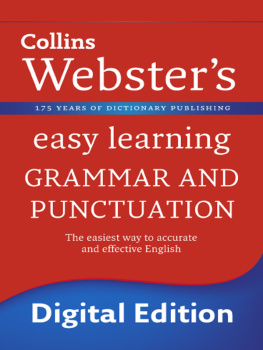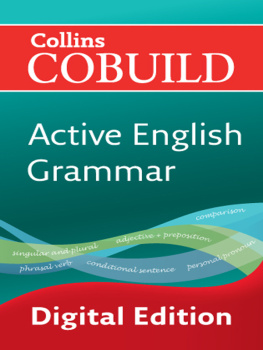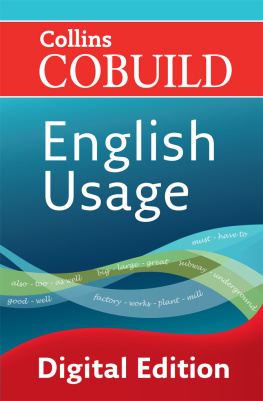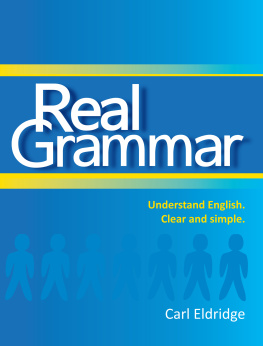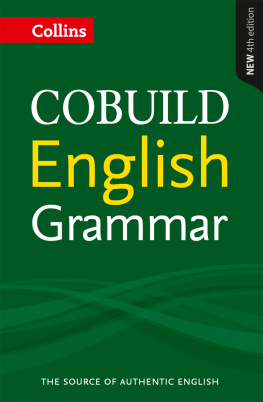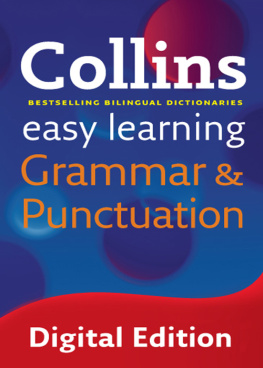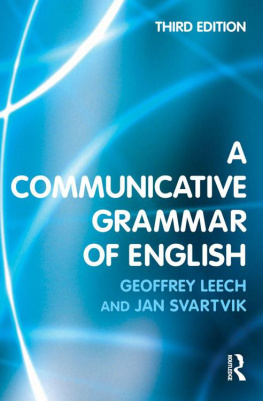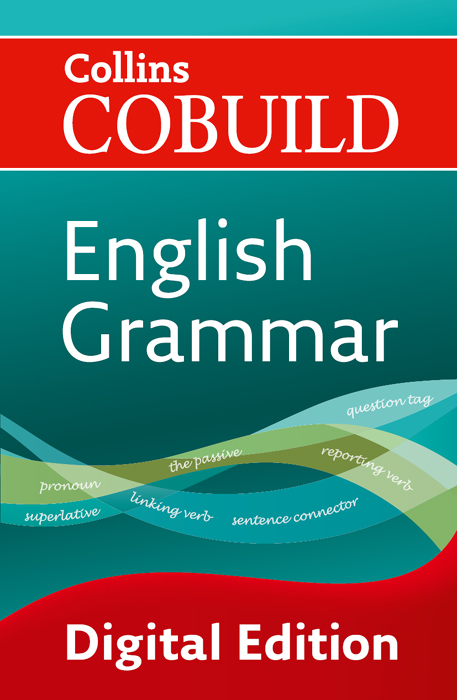About COBUILD
When the first COBUILD dictionary was published in 1987, it revolutionized dictionaries for learners. It was the first of a new generation of language reference materials that were based on actual evidence of how English was used, rather than lexicographer intuition. Collins and the University of Birmingham, led by the linguist John Sinclair, developed an electronic corpus in the 1980s, called the Collins Birmingham University International Language Database (COBUILD). This corpus, which for several years was known as the Bank of English, became the largest collection of English data in the world. COBUILD dictionary editors use the corpus to analyse the way that people really use the language. The Collins corpus now contains 4 billion words taken from websites, newspapers, magazines and books published around the world, and from spoken material from radio, TV and everyday conversations.
New data is added to the corpus every month, to help COBUILD editors identify new words, grammatical structures, and meanings from the moment they are first used. All COBUILD language reference books are based on the information our editors find in the Collins corpus. Because the corpus is so large, our editors can look at lots of examples of how people really use the language. The data tells us how the language is used; the function of different structures; which words are used together; and how often these words and structures are used. All of the examples in COBUILD language materials are examples of real English, taken from the corpus. The examples have been carefully chosen to demonstrate typical grammatical patterns, typical vocabulary and typical contexts.
COBUILD Grammar is no exception: Collins editors and researchers have been able to use this wealth of information to establish a unique and full description of English grammar, and to track the development of certain grammatical structures over time. The corpus lies at the heart of COBUILD, and you can be confident that COBUILD will show you what you need to know to be able to communicate easily and accurately in English. If you would like to learn more about the Collins corpus, or to sign up for our online corpus service, please go to www.collinslanguage.com/wordbanks. Third EditionManaging Editor
Penny Hands Editorial Consultant
Roger Berry
Lingnan University, Hong Kong Project Manager
Lisa Sutherland Senior Corpus Researcher
Kate Wild The Grammar of Academic English
University of Glasgow Language Centre
Dr Esther Daborn
Anneli Williams
Louis Harrison Corpus Researchers
George Davidson
Kate Mohideen
Elizabeth Potter
Elspeth Summers
Laura Wedgeworth The Grammar of Business English
Simon Clarke American English Consultant
Orin Hargraves For the Publishers
Lucy Cooper
Kerry Ferguson
Elaine Higgleton Computing Support
Thomas Callan
Founding Editor-in-Chief John Sinclair We would like to thank the following people for their contributions to previous editions of the text: Maree Airlee, Mona Baker, Henri Bjoint, Adriana Bolvar, Jane Bradbury, David Brazil, Dominic Bree, Nicholas Brownlees, Tony Buckby, Stephen Bullon, Annette Capel, Michela Clari, Jane Cullen, John Curtin, Richard Fay, Gwyneth Fox, Richard Francis, Iria Garcia, Gottfried Graustein, John Hall, M.A.K. Halliday, Patrick Hanks, Ron Hardie, Anthony Harvey, Lorna Heaslip, Michael Hoey, Roger Hunt, Sue Inkster, Andy Kennedy, Lorna Knight, Ramesh Krishnamurthy, Tim Lane, Marcel Lemmens, Helen Liebeck, Alison Macaulay, Elizabeth Manning, Agnes Molnar, Rosamund Moon, Sue Ogden, Charles Owen, Georgina Pearce, Georgina Pert, Anne Pradeilles, Christopher Pratt, Christina Rammell, Clare Ramsey, Ramiro Restrepo, Christopher Royal-Dawson, Toi Sanchez, Katy Shaw, Sue Smith, Mary Snell-Hornby, Tom Stableford, John Todd, Bob Walker, Laura Wedgeworth, Herman Wekker, Douglas Williamson, Jane Winn, Deborah Yuill
Introduction
This grammar is suitable for anyone who is interested in the English language and how it works in everyday current contexts. It has been written mainly for advanced-level students and their teachers, but any serious learner will find it a valuable reference tool.
The information in this book is taken from a long and careful study of present-day English involving the analysis of the Collins corpus a corpus of many millions of words of speech and writing.
A functional approach
Most people who study and use a language are interested in how they can
do things with the language how they can make meanings, get attention, influence people, and learn about the world. They are interested in the grammatical structure of the language as a way of getting things done. A grammar that puts together the patterns of the language and the things you can do with them is called a
functional grammar. This is a functional grammar; that is to say, it is based on the important relation between structure and function. Each chapter is built around a major function of language, such as
describing people and things, and
reporting what someone said.
Each of these functions is regularly expressed in English by one particular structure. For example, describing people and things is usually expressed by adjectives, and reporting what people say or think typically involves a reporting verb such as say, followed by a clause beginning with that or a clause with quotation marks ( ) around it. This grammar follows up each major statement (often called a rule in other grammars) with a detailed description of the uses surrounding it including any exceptions. The scope of the original function may then be extended. For example, the basic, central function of reporting verbs () is to state what someone has said. His mother wrote that he had finally arrived home. Then it can be widened to include thoughts and feelings; these do not need to be expressed in words, but the reporting structure is very convenient. The boys thought he was dead. From this we can see the reporting clause as a more general way of introducing another clause.
Examples
All the examples in this book are taken from the Collins corpus.
Examples
All the examples in this book are taken from the Collins corpus.
As ever, the corpus lies at the heart of each grammar point described, helping compilers to make confident and accurate decisions about different structures and usage. Examples themselves remain close to the corpus, with minor changes made so that they are more accessible to the learner. They are carefully chosen so as to illustrate typical patterns and collocations in real-life situations.
Groups of words that behave in the same way
As well as providing a wealth of illustrative examples, this book gives further information about the grammar of a large number of specific words. The actual words and phrases that are regularly used in each structure are given in a series of lists. In this way, the learner can get a good idea of how large or small a grammatical class is, and how many words a certain rule applies to.
Wherever there is good reason to do so, the words and phrases are grouped together in a list in a meaningful arrangement. So, for example, at , separate groups are set out in a single list, including animals, fish, words ending in


